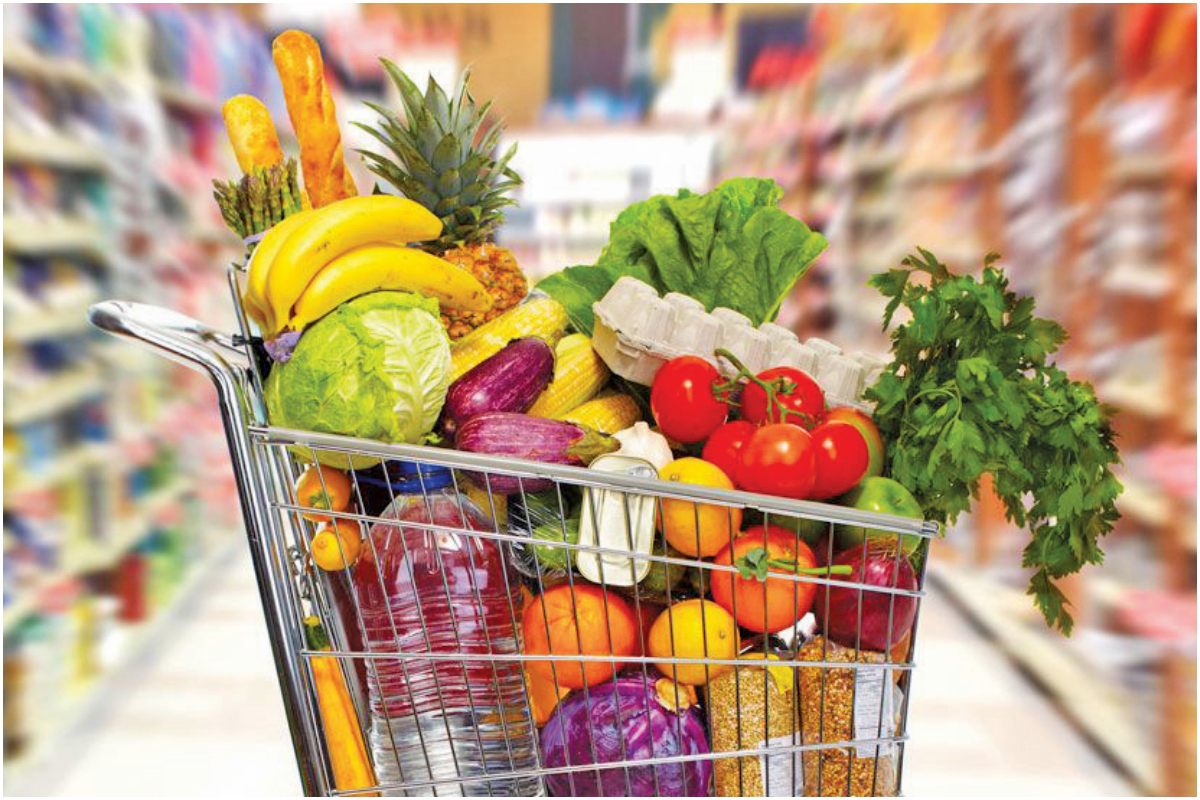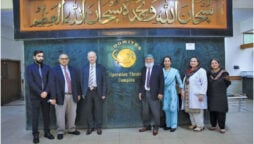
Feeling the Pinch
For decades, inflation has become a popular discussion in Pakistan. Even, as it hits the highest level, understanding it can be a mind-bending task.
Many people often do not know the ins and outs of how inflation is calculated and its aftereffects on the society. Inflation is a loss of the purchasing power over time. It is typically expressed as the annual change in the prices for a basket of goods and services but, unfortunately, in Pakistan, it is changing on a weekly basis.
There are two main inflation gauges in the country: One, the Consumer Price Index (CPI) and the other is the Sensitive Price Indicator (SPI).
A little bit of consumer price index inflation is generally viewed as desirable, in part because it gives companies room to adjust to a changing economy — one where the labour and commodities might cost more — without being forced out of business.

In the short-term, high inflation can be the result of a hot economy — one in which the people have a lot of surplus cash or are accessing a lot of credit and want to spend. If the consumers are buying goods and services eagerly enough, businesses may need to raise prices because they lack adequate supply. Or the companies may choose to charge more because they realise they can raise the prices and improve their profits without losing the customers.
But inflation can — and often does — rise and fall based on the developments that have little to do with the economic conditions. Limited oil can make gas expensive. Supply chain problems can keep goods in short supply, pushing up prices.
The inflationary burst Pakistan has experienced this year has been driven partly by quirks and partly by the demand.
After 2020, the coronavirus caused factories to shut down and clogged shipping routes, forced to limit the imports and pushed up the prices.
The consumers, who collectively built up big savings are spending robustly and their demand is driving part of inflation. They are continuing to buy even as the costs rise.
Unlike other countries across the world, In Pakistan, inflation has become a permanent feature, thanks to the ill-conceived and faulty policies of the successive governments.
The annual inflation rate in Pakistan rose to 24.5 per cent in December 2022 from 23.8 per cent in November 2022.
Similarly, food prices surged 35.5 per cent in the period under review, higher than 31.2 per cent in the previous month, with onions (415 per cent), tea (63.8 per cent), wheat (57.3 per cent), eggs (54.4 per cent), gram whole (53.2 per cent) and rice (46.6 per cent), recording the biggest increases.

There are plenty of reasons to believe that the price burst is unlikely to fade away in the near future. Many households have either face unemployment or the lack of finances, owing to huge expenditures on daily use items.
Before the pandemic, high inequality in income and wealth remained the key forces to push up inflation, yet the people managed save some money. However, in the present scenario, inflation is becoming stickier, meaning it might last for long.
The people are anticipating higher prices. In the long-term, high inflation can become entrenched if the workers begin to expect it and can successfully negotiate wage increases to cover their rising expenses.
The rapid increase in the prices — often called hyperinflation — spells trouble. It will damage the political system, push the middle-class workers towards poverty and make it impossible for the businessmen to further enhance their businesses.
The people with regular increase in their earnings find themselves better off in a high inflation environment but the number of such households is minimal. The earnings growth is not picking the pace with inflation as it is steeply going higher on a regular basis.
The unpredictable high inflation is hard to shoulder for the poor people, simply because they have no or limited resources to fulfil their day to day expenses. The poor, even the lower-middle and middle-class families spend a huge chunk of their budgets on food, housing, electricity and gas, which are often contributed to the bouts of high inflation and less on discretionary expenditures.

The impact of high inflation is disastrous for the poor, as the rich can manage it by cutting back on vacations or dining out but the poor have to cut down on their basic necessities such as food, clothing, etc.
Similarly, high inflation also spurs the State Bank of Pakistan (SBP) to increase interest rate, as it tries to cool off the economy and slow demand. If the central bank does so drastically, it could even plunge the economy into a recession, which would also be bad for everyone.
Fighting inflation, besides, other problems has become a necessity to improve economic activities and also lower the unemployment rate in the country. We have no other option but to deal with the inflationary pressure on a fast track basis because over time inflation and the unemployment rate go together.
Former finance minister and a senior economist Hafiz A Pasha had recently warned that Pakistan’s inflation can skyrocket to 70 per cent in case of default. Even if the International Monetary Fund’s (IMF) loan is revived, inflation will still rise to at least 35 per cent, owing to the lender’s strict conditions. Pakistan’s overall economy is expected to see stagflation in 2023.
For him, if the government does not implement the agreed reforms it will lead to the termination of the IMF programme and will virtually dry up the country’s capital.
Pakistan’s huge dependence on foreign loans from time to time has proved disastrous. In the first almost 65 years the debt stood at $65 billion, which has jumped to $274 billion or Rs62.46 trillion.
Pakistan is facing record inflation rate after 1973/74 and 1974/75, when it rose to 30 per cent and 24 per cent, respectively on the back of massive rupee devaluation from Rs4.77/dollar Rs11/dollar.
At present the inflation rate is witnessing a rising trend across the globe; following an upsurge in the international commodity prices, especially energy, owing to the Russia-Ukraine war.
The current scenario requires skillful management of the economic and social fallouts of high inflation. Overall, Pakistan’s economy is likely to remain under severe stagflation in the current year.
Catch all the Economic Pulse News, Breaking News Event and Latest News Updates on The BOL News
Download The BOL News App to get the Daily News Update & Live News.








 Read the complete story text.
Read the complete story text. Listen to audio of the story.
Listen to audio of the story.